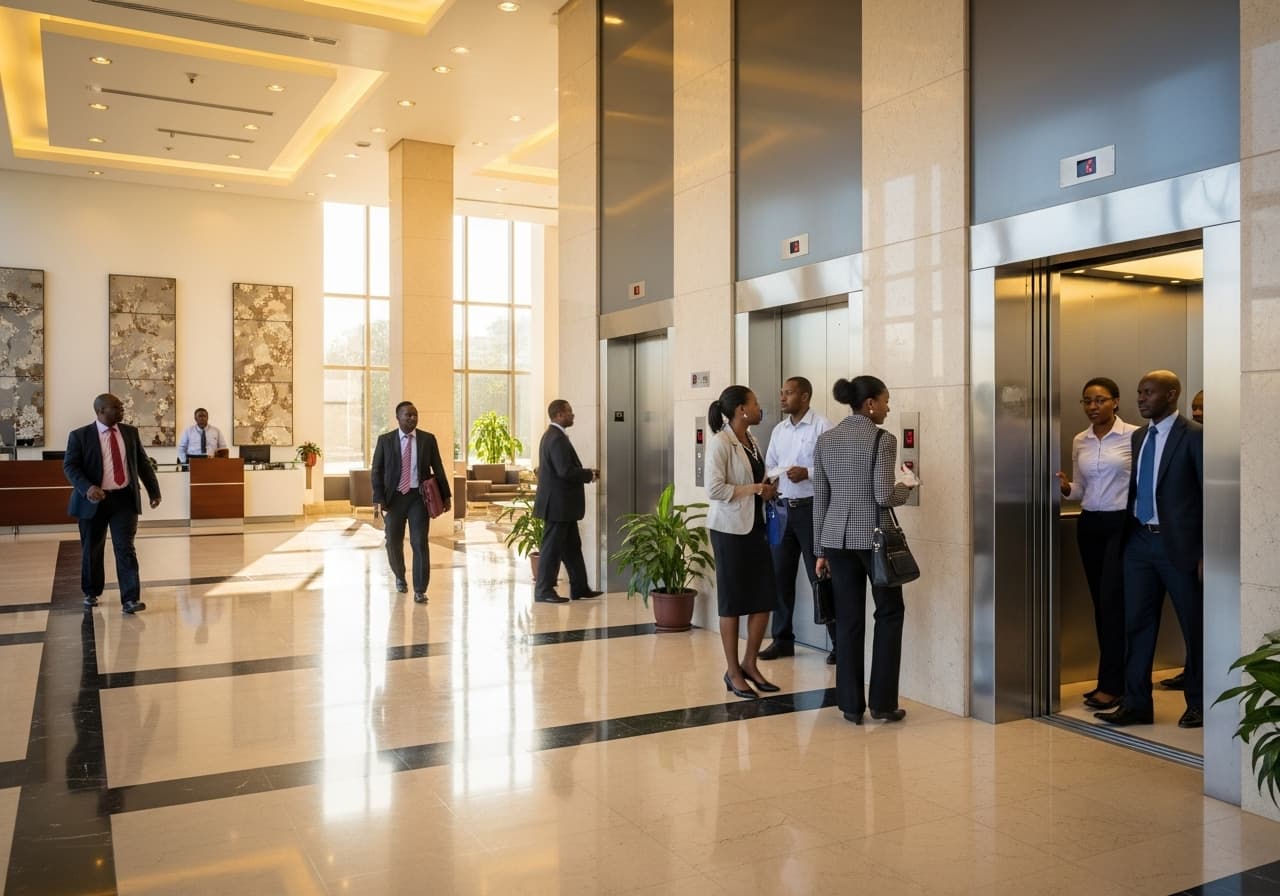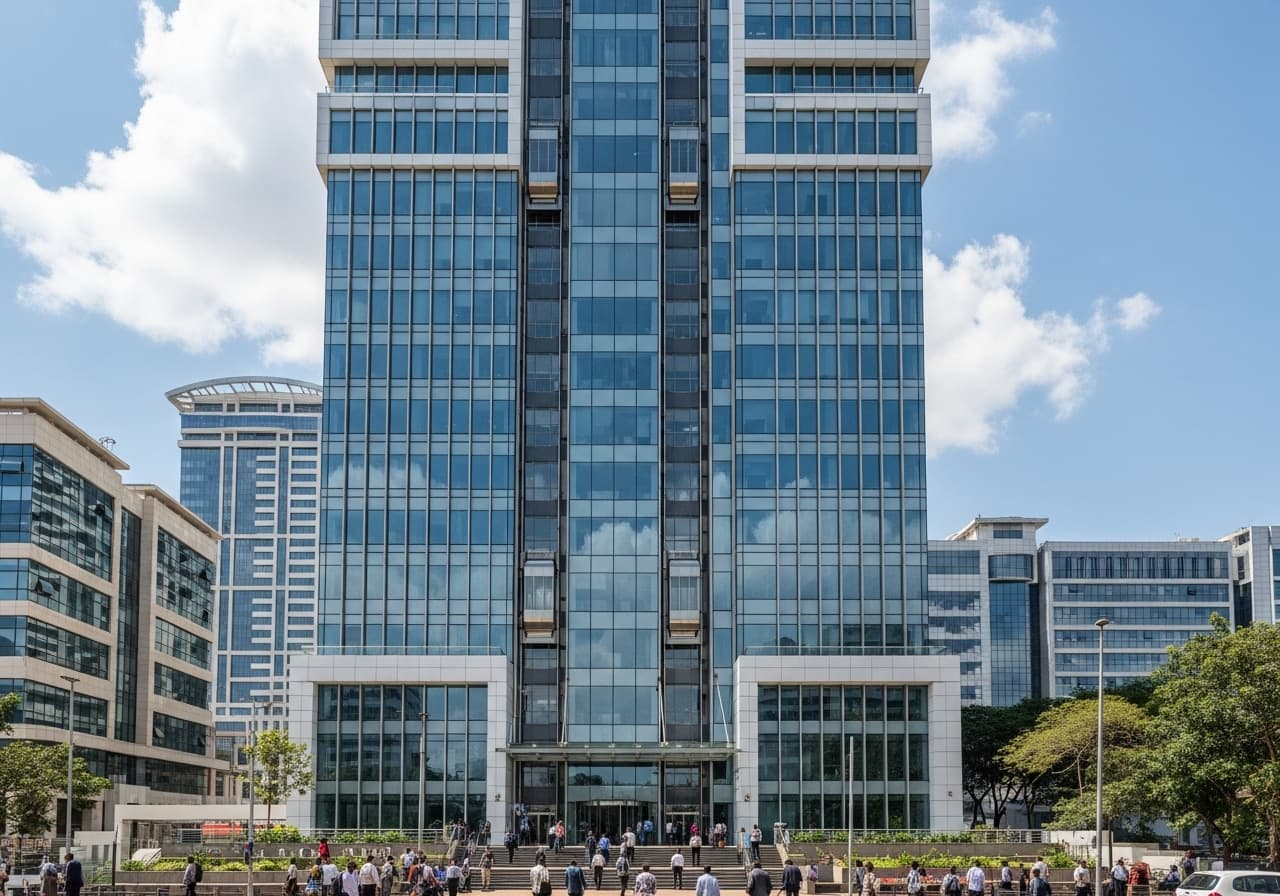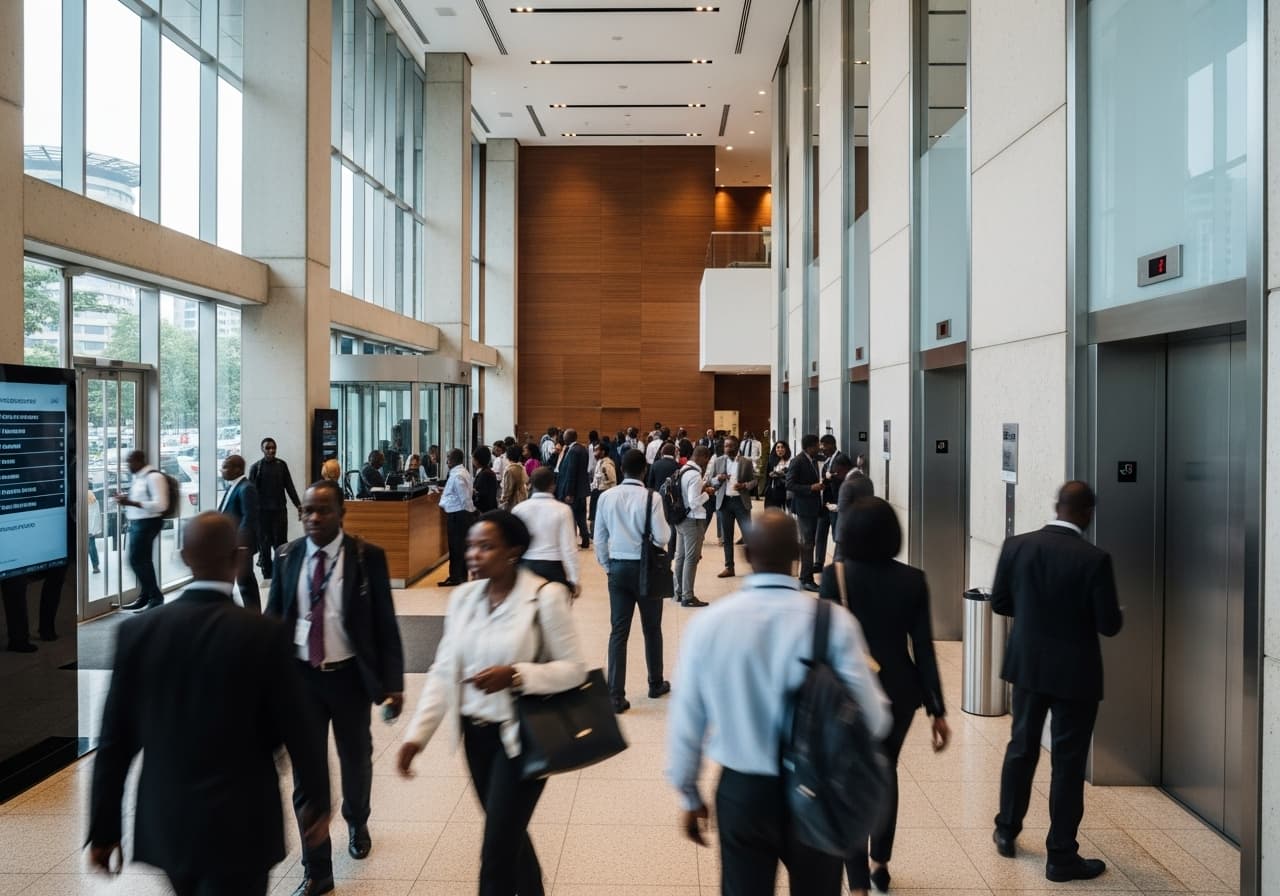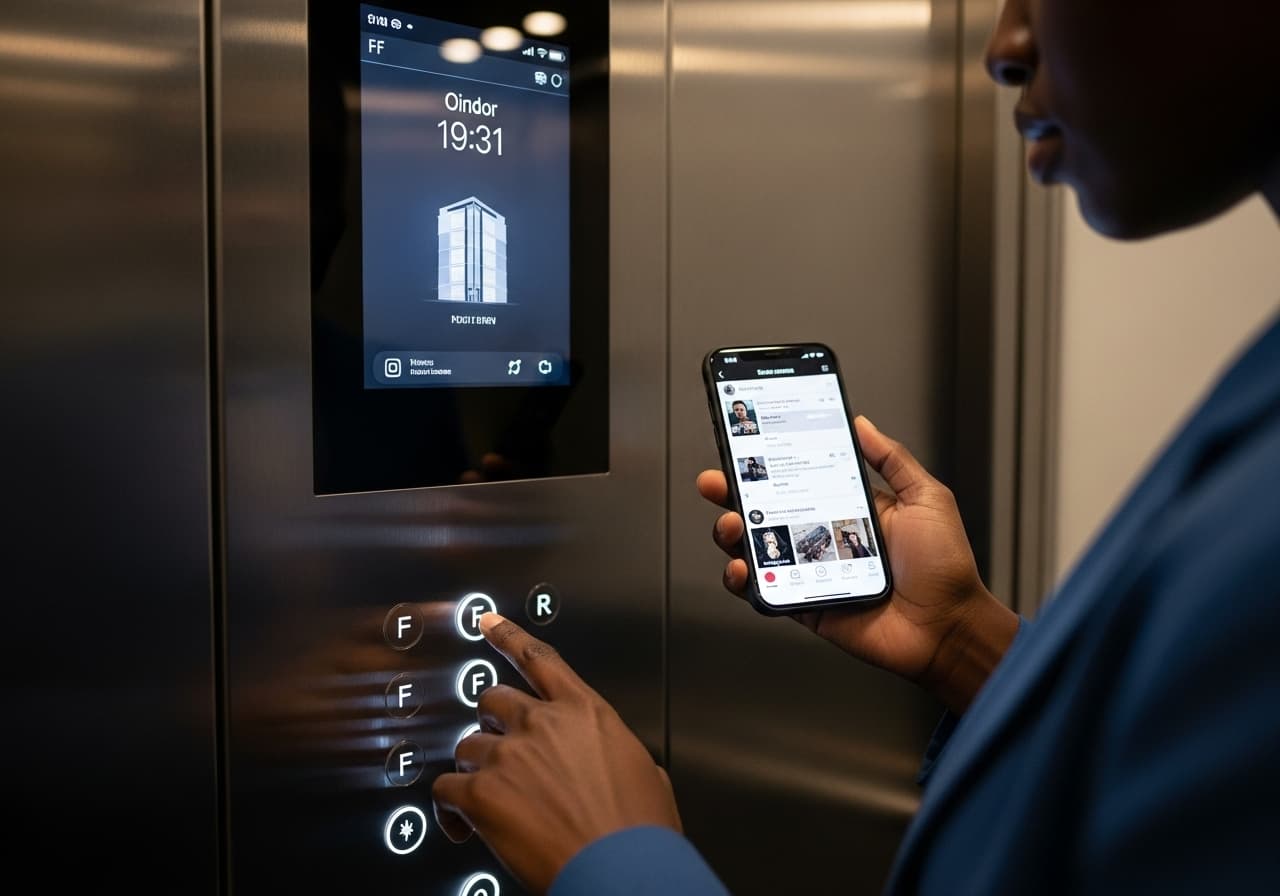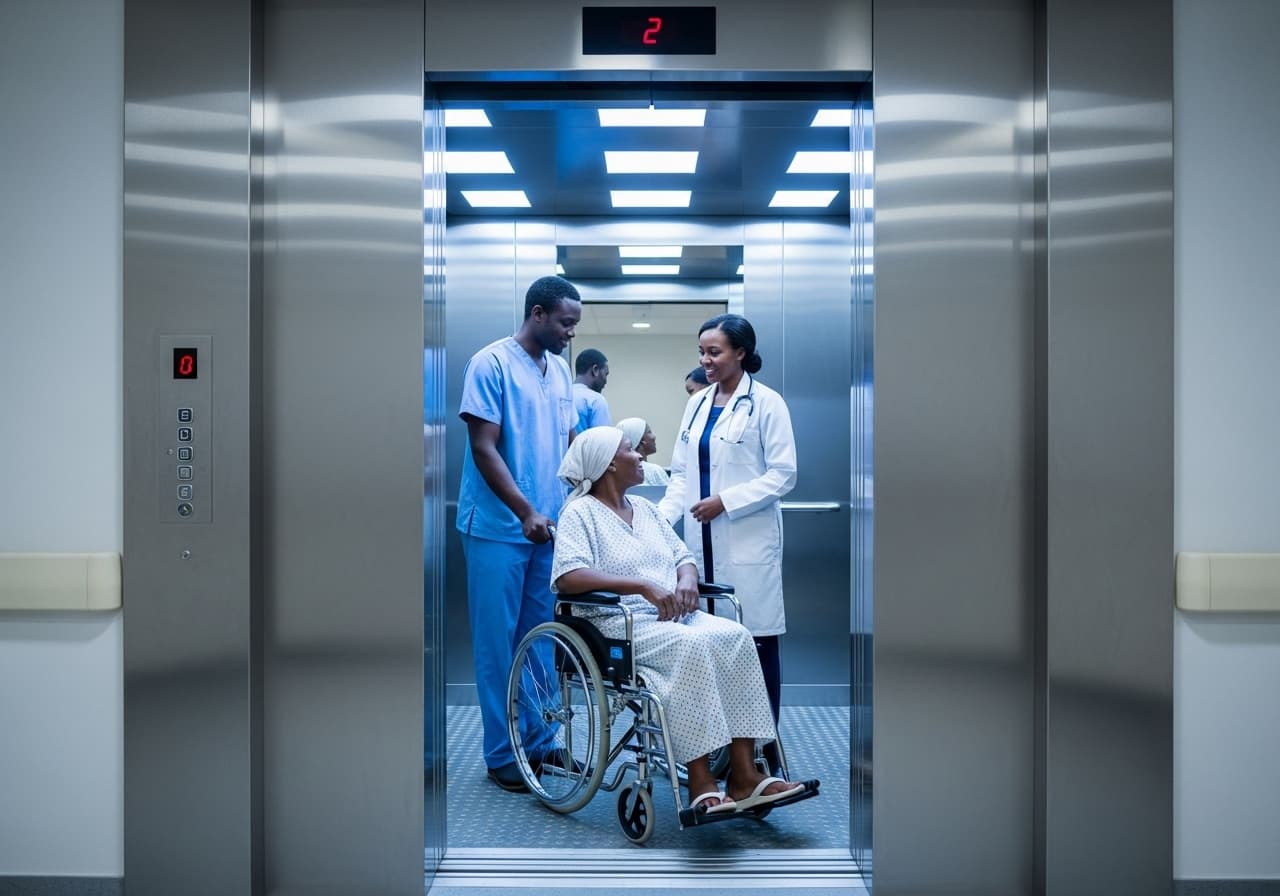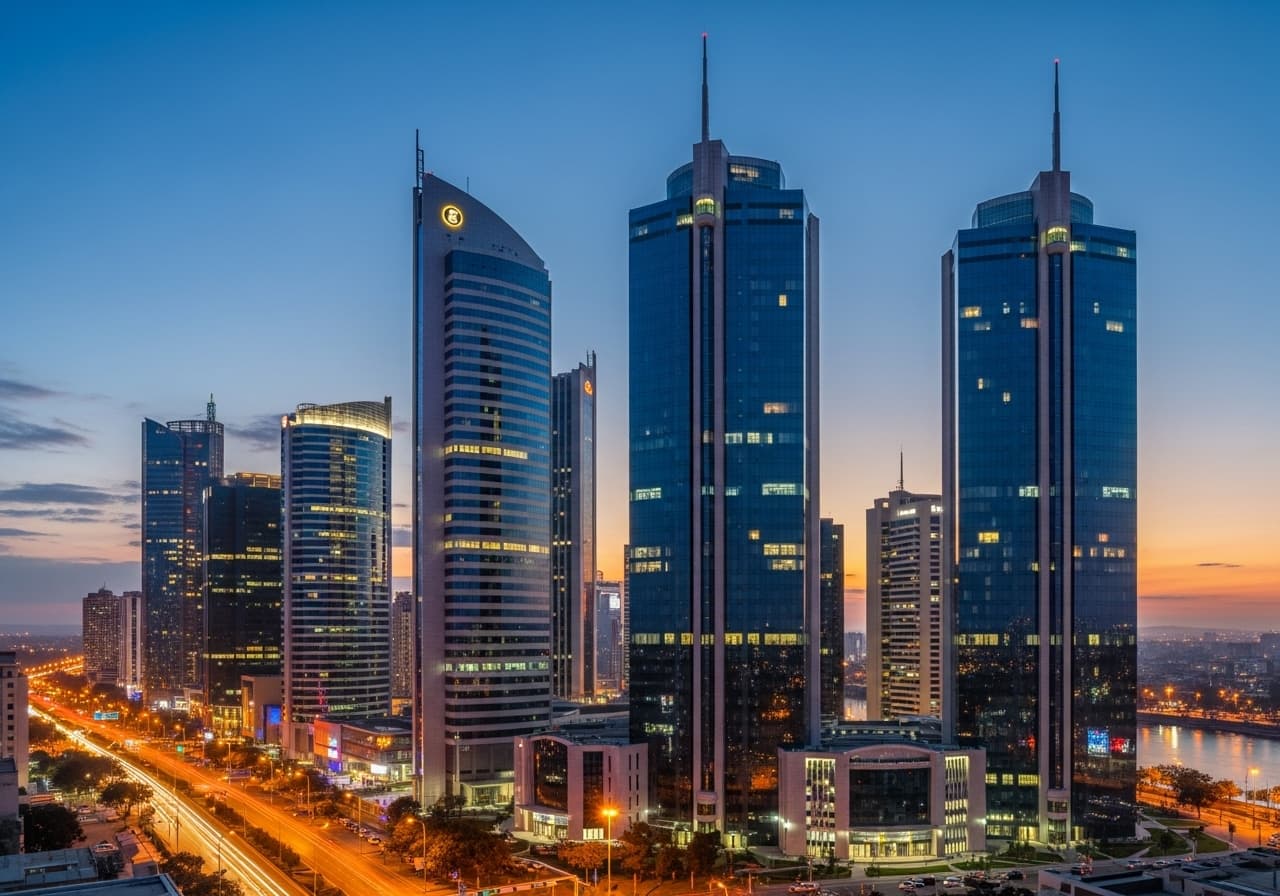Rising Above: The Role of Elevators
Elevators have always been more than just machines that move people up and down. They are the backbone of vertical cities, quietly enabling skyscrapers, business towers, and high-rise living to function smoothly. Without them, modern urban life would look very different. Today, however, the role of elevators is expanding. They are no longer just about transport but about improving comfort, efficiency, and safety in a rapidly changing world. As technology and design advance, the elevator of the future promises to be smarter, greener, and more human-focused than ever before.
